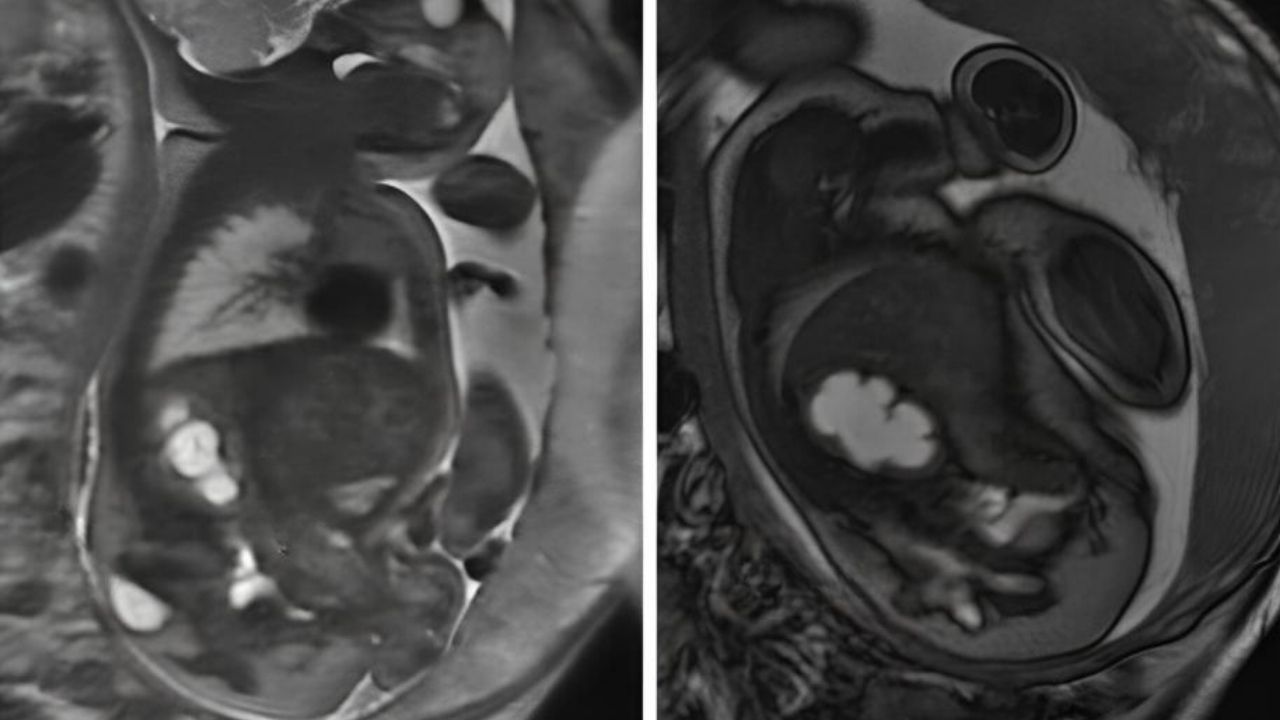
Fronto Nasal Malformation Cloacal Exstrophy is a rare and complex congenital condition affecting multiple body systems. This condition involves severe malformations of the face, abdominal wall, and urinary and digestive tracts. Cloacal exstrophy is characterized by the exposure of the bladder and intestines outside the body, while fronto nasal malformation includes facial abnormalities such as a split nose or cleft lip. These conditions often occur together, presenting significant challenges for affected individuals and their families. Understanding the intricacies of this condition can help in managing and supporting those who live with it. Here are 30 facts to shed light on this rare medical phenomenon.
Key Takeaways:
- Fronto Nasal Malformation Cloacal Exstrophy (FNMCX) is a rare condition that affects the face, urinary tract, and gastrointestinal system, leading to various physical, cognitive, and developmental challenges.
- Early diagnosis, genetic testing, surgical interventions, and support systems are crucial in managing FNMCX and providing comprehensive care for those affected.
What is Fronto Nasal Malformation Cloacal Exstrophy?
Fronto Nasal Malformation Cloacal Exstrophy (FNMCX) is a rare congenital condition. It affects multiple systems in the body, including the face, urinary tract, and gastrointestinal system. Understanding this condition can help in providing better care and support for those affected.
Facial Abnormalities
FNMCX often involves distinct facial abnormalities. These can vary in severity and impact.
- Wide-set eyes: Individuals may have eyes that are spaced further apart than usual.
- Cleft lip and palate: A split in the upper lip and roof of the mouth is common.
- Nasal deformities: The nose may be underdeveloped or misshapen.
- Forehead malformations: The forehead may appear unusually shaped or have abnormal growth patterns.
Urinary and Gastrointestinal Issues
This condition also affects the urinary and gastrointestinal systems, leading to various complications.
- Bladder exstrophy: The bladder is exposed outside the body.
- Cloacal exstrophy: Both the bladder and intestines are exposed.
- Kidney abnormalities: Kidneys may be malformed or improperly positioned.
- Urinary incontinence: Difficulty controlling urine flow is common.
- Bowel incontinence: Challenges in controlling bowel movements often occur.
- Malrotation of intestines: The intestines may be twisted or improperly positioned.
Skeletal and Muscular Issues
FNMCX can also impact the skeletal and muscular systems, leading to physical challenges.
- Spinal deformities: The spine may be curved or have abnormal growth.
- Limb abnormalities: Arms or legs may be shorter or misshapen.
- Muscle weakness: Reduced muscle strength can affect mobility.
- Joint problems: Joints may be stiff or improperly formed.
Neurological and Developmental Concerns
Neurological and developmental issues are also associated with FNMCX, affecting cognitive and motor skills.
- Delayed development: Milestones like walking and talking may be delayed.
- Intellectual disabilities: Cognitive impairments can range from mild to severe.
- Seizures: Some individuals may experience epileptic seizures.
- Hydrocephalus: Accumulation of fluid in the brain can occur.
Genetic and Environmental Factors
Understanding the causes of FNMCX involves exploring genetic and environmental influences.
- Genetic mutations: Specific gene mutations are linked to FNMCX.
- Environmental factors: Exposure to certain chemicals or medications during pregnancy may increase risk.
- Family history: Having a family member with FNMCX can raise the likelihood of occurrence.
Diagnosis and Treatment
Early diagnosis and appropriate treatment are crucial for managing FNMCX effectively.
- Prenatal diagnosis: Ultrasounds can detect abnormalities before birth.
- Genetic testing: Identifying specific mutations helps in diagnosis.
- Surgical interventions: Multiple surgeries may be required to correct abnormalities.
- Physical therapy: Helps improve mobility and muscle strength.
- Occupational therapy: Assists in developing daily living skills.
- Speech therapy: Supports communication skills development.
Support and Resources
Support systems and resources play a vital role in the lives of those affected by FNMCX.
- Support groups: Connecting with others facing similar challenges can provide emotional support.
- Educational resources: Information on FNMCX helps families understand and manage the condition.
- Medical specialists: Access to a team of specialists ensures comprehensive care.
Final Thoughts on Fronto Nasal Malformation Cloacal Exstrophy
Understanding Fronto Nasal Malformation Cloacal Exstrophy helps shed light on this rare condition. It affects multiple body systems, making early diagnosis and treatment crucial. Patients often face complex surgeries and long-term care, but advancements in medical science offer hope. Support from family, friends, and healthcare professionals plays a vital role in managing the condition.
Raising awareness can lead to better resources and support networks for those affected. Sharing accurate information helps dispel myths and fosters a more inclusive environment. If you or someone you know is dealing with this condition, seek out specialized medical advice and connect with support groups.
Knowledge empowers us to make informed decisions and advocate for better healthcare. Keep learning, stay curious, and support those facing medical challenges.
Frequently Asked Questions
Was this page helpful?
Our commitment to delivering trustworthy and engaging content is at the heart of what we do. Each fact on our site is contributed by real users like you, bringing a wealth of diverse insights and information. To ensure the highest standards of accuracy and reliability, our dedicated editors meticulously review each submission. This process guarantees that the facts we share are not only fascinating but also credible. Trust in our commitment to quality and authenticity as you explore and learn with us.
